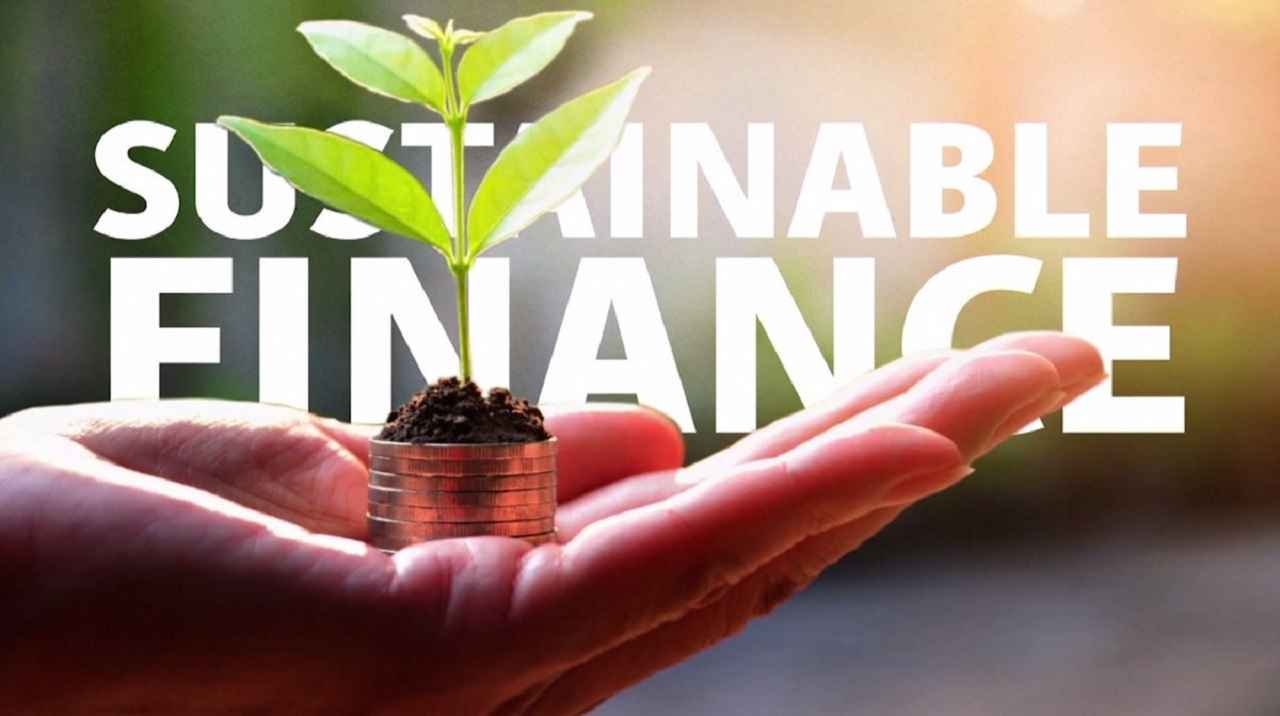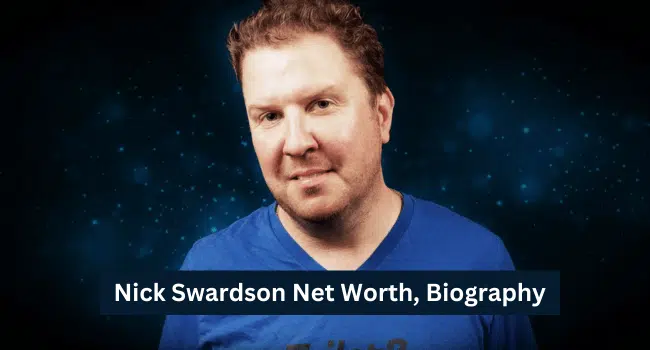Introduction: Investing with a Conscience (and a Chuckle)
Picture this: you’re sipping your overpriced oat milk latte, scrolling through your investment app, and wondering, “How can I make money and save the planet?” Welcome to the world of sustainable finance, where your wallet and Mother Earth can finally get along. In 2025, sustainable investing isn’t just a buzzword—it’s a movement. It’s like giving your portfolio a green smoothie: healthy, trendy, and surprisingly satisfying.
Sustainable finance is all about putting your money into projects, companies, or funds that prioritize environmental, social, and governance (ESG) factors. Think renewable energy, ethical labor practices, and companies that don’t treat the planet like a giant landfill. In 2025, the options are growing faster than a TikTok trend, and investors are jumping in headfirst. Why? Because it’s no longer just about doing good—it’s about doing well financially, too.
In this article, we’ll break down the best investment trends for 2025 in sustainable finance. No jargon overload, no boring stats (okay, maybe a few, but we’ll keep them fun). Whether you’re a newbie investor or a seasoned pro, these trends will help you grow your wealth while keeping the planet spinning. Let’s dive in—and don’t worry, we won’t make you hug a tree to keep reading.
1. Green Bonds: The Superhero of Sustainable Investing
If sustainable finance had a superhero, green bonds would be it—cape and all. These are bonds issued to fund environmentally friendly projects, like solar farms, wind turbines, or energy-efficient buildings. In 2025, green bonds are hotter than a summer day in Death Valley. According to Bloomberg, the global green bond market hit a record $500 billion in issuance in 2024, and 2025 is set to break that record.
Why are green bonds so popular? They’re like the low-risk, feel-good cousin of traditional bonds. You get steady returns, and your money funds projects that fight climate change. Plus, governments and corporations are issuing them like candy at a parade, so there’s no shortage of options. From municipal green bonds for city infrastructure to corporate bonds from companies like Tesla, there’s something for every investor.
Pro Tip: Look for green bonds certified by the Climate Bonds Initiative to ensure your money is actually saving the planet and not just padding someone’s PR campaign. And if you’re wondering, “Can I afford this?”—don’t worry. Many green bonds are accessible through ETFs or mutual funds, so you don’t need to be a billionaire to join the party.
Funny Line: Investing in green bonds is like buying a ticket to save the planet—except you get a refund with interest!
2. Renewable Energy Stocks: Powering Your Portfolio
If you’ve ever driven past a wind turbine and thought, “That thing looks like it could power my Netflix binge,” you’re not wrong. Renewable energy stocks are a cornerstone of sustainable finance in 2025. Companies in solar, wind, hydrogen, and geothermal energy are seeing massive growth as the world shifts away from fossil fuels.
Take solar, for example. The International Energy Agency predicts that solar power will account for 25% of global electricity by 2030. That’s a lot of sunshine! Companies like First Solar and Enphase Energy are riding this wave, offering investors a chance to cash in on the clean energy boom. Wind energy isn’t far behind, with firms like Vestas and Ørsted leading the charge.
But here’s the kicker: renewable energy stocks aren’t just for tree-huggers. They’re delivering strong returns. In 2024, clean energy ETFs outperformed many traditional energy funds, and 2025 is expected to follow suit. Just be ready for some volatility—renewable energy stocks can be as unpredictable as a toddler on a sugar high.
Pro Tip: Diversify your portfolio with a clean energy ETF like the iShares Global Clean Energy ETF. It spreads your investment across multiple companies, reducing risk while keeping you in the green game.
3. ESG Funds: The All-in-One Sustainable Solution
If picking individual stocks or bonds feels like choosing a Netflix show (too many options, too little time), ESG funds are your answer. These funds bundle companies that score high on environmental, social, and governance criteria. Think of it as a sustainable investment buffet—you get a little bit of everything.
In 2025, ESG funds are booming because they’re easy to invest in and align with values like diversity, ethical governance, and environmental responsibility. Whether it’s a mutual fund, ETF, or index fund, there’s an ESG option for every budget. Big players like Vanguard, BlackRock, and State Street offer ESG funds that track everything from clean tech to gender equality.
The best part? ESG funds aren’t just warm fuzzies—they’re profitable. Studies show that ESG-focused companies often outperform their less ethical counterparts in the long run. Why? Because companies that care about the planet and their people tend to be better managed and more resilient. Who knew doing good could make you so much green?
Pro Tip: Check the fund’s holdings to ensure it aligns with your values. Some ESG funds sneak in companies that are “green-ish” but not truly sustainable. Read the fine print, or you might accidentally fund a coal plant disguised as a “low-carbon” investment.
4. Circular Economy Investments: Recycling Your Way to Riches
Ever heard of the circular economy? It’s the idea of reusing, recycling, and reducing waste to create a sustainable system. In 2025, this concept is taking the investment world by storm. Companies that focus on recycling, upcycling, or sustainable packaging are becoming hot picks for investors.
Think about brands like Loop, which partners with companies to create reusable packaging, or Waste Management, a leader in recycling and waste-to-energy solutions. These companies are turning trash into treasure, and investors are noticing. The circular economy market is expected to grow to $1.2 trillion by 2030, making it a goldmine for forward-thinking investors.
Investing in the circular economy isn’t just about profits—it’s about supporting a system that reduces waste and conserves resources. Plus, it’s kind of cool to say your portfolio is helping turn old soda cans into new ones.
Funny Line: Investing in the circular economy is like giving your money a second life—talk about a glow-up!
5. Sustainable Real Estate: Building a Greener Future
Real estate isn’t just about flipping houses or renting Airbnbs anymore. In 2025, sustainable real estate is a major trend in sustainable finance. Think energy-efficient buildings, green roofs, and properties powered by renewable energy. These projects aren’t just good for the planet—they’re also attracting tenants and buyers willing to pay a premium.
Real estate investment trusts (REITs) focused on sustainable properties are gaining traction. Companies like Prologis, which develops eco-friendly warehouses, or Alexandria Real Estate, which focuses on sustainable life science campuses, are leading the charge. These REITs offer dividends and growth potential, making them a solid choice for income-focused investors.
Pro Tip: Look for REITs certified by LEED (Leadership in Energy and Environmental Design) or BREEAM for assurance that your investment is truly green. And if you’re not ready to dive into REITs, consider crowdfunding platforms that let you invest in sustainable real estate with smaller amounts.
6. Impact Investing: Making a Difference, Dollar by Dollar
If you want your investments to actually change the world, impact investing is where it’s at. This trend focuses on putting money into projects or companies that deliver measurable social or environmental benefits alongside financial returns. Think affordable housing, clean water initiatives, or startups tackling food insecurity.
In 2025, impact investing is growing fast, especially among younger investors who want their money to reflect their values. Platforms like Acumen and Calvert Impact Capital make it easy to invest in causes you care about, from renewable energy in developing countries to education programs.
The catch? Impact investments can be riskier than traditional ones, so do your homework. But the payoff—both financially and emotionally—can be huge. Nothing says “I’m changing the world” like a portfolio that funds clean water and pays dividends.
7. Carbon Credits: Buying Your Way to a Cleaner Planet
Carbon credits are like the VIP pass to sustainable investing. Companies buy credits to offset their carbon emissions, and investors can buy into carbon credit markets to profit from the growing demand for net-zero solutions. In 2025, carbon markets are expected to explode as more companies commit to carbon neutrality.
You can invest in carbon credits through ETFs, funds, or even directly via platforms like KraneShares’ Global Carbon Strategy ETF. It’s a way to support climate goals while potentially earning a tidy profit. Just be warned: the carbon market can be as confusing as a plot twist in a Christopher Nolan movie, so work with a financial advisor if you’re new to it.
Pro Tip: Look for verified carbon credits from programs like the Verified Carbon Standard (VCS) to avoid scams or low-quality offsets.
Conclusion: Your Money, Your Planet, Your Future
Sustainable finance in 2025 is more than a trend—it’s a revolution. From green bonds to impact investing, there’s never been a better time to align your portfolio with your values. Whether you’re saving for retirement or just want to make a dent in climate change, these trends offer a way to grow your wealth while doing good.
So, what’s next? Start small—dip your toes into an ESG fund or check out a green bond ETF. Talk to a financial advisor to find the best fit for your goals. And most importantly, have fun with it! Investing sustainably doesn’t mean you have to be boring. After all, who says you can’t save the planet and still afford that oat milk latte?






